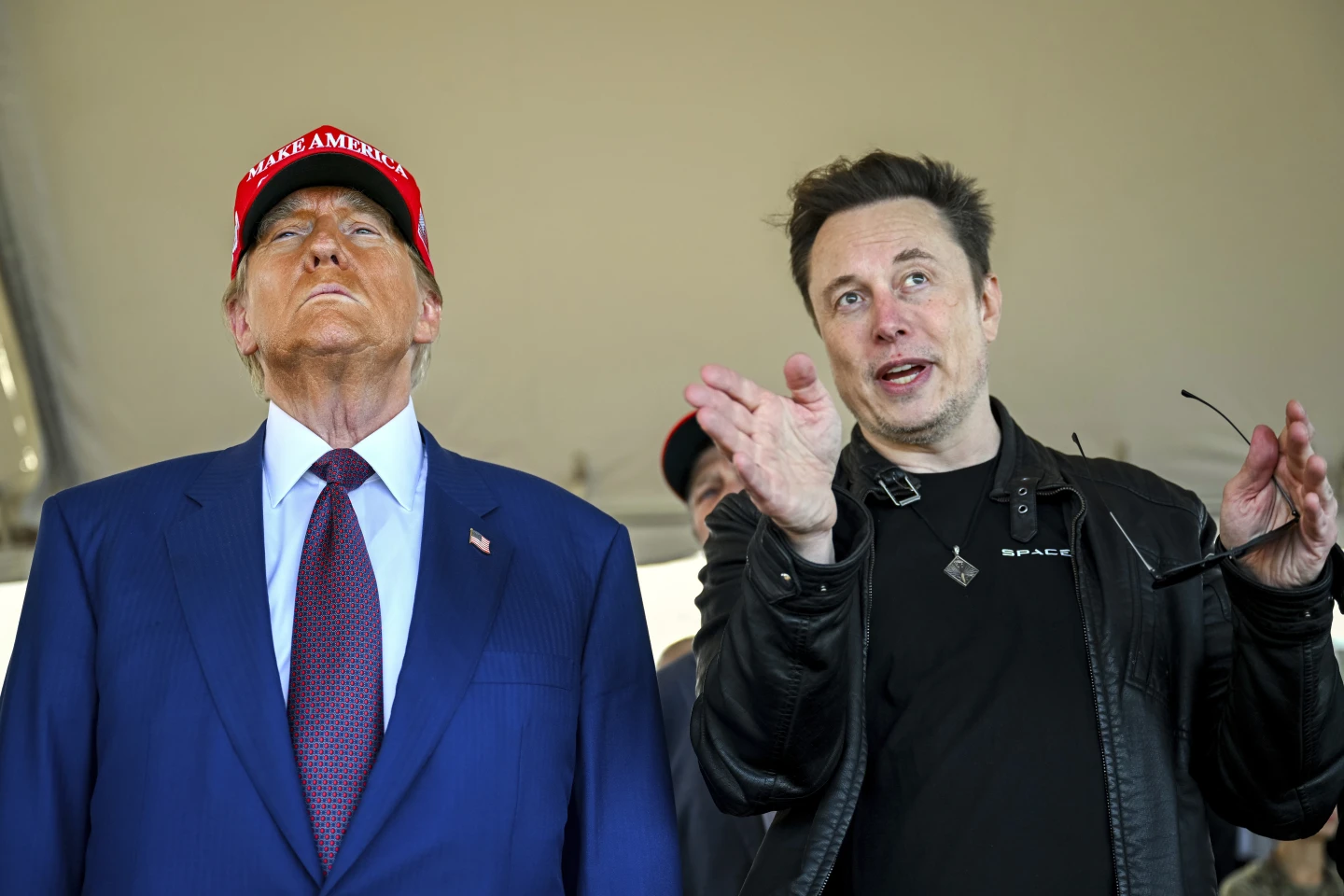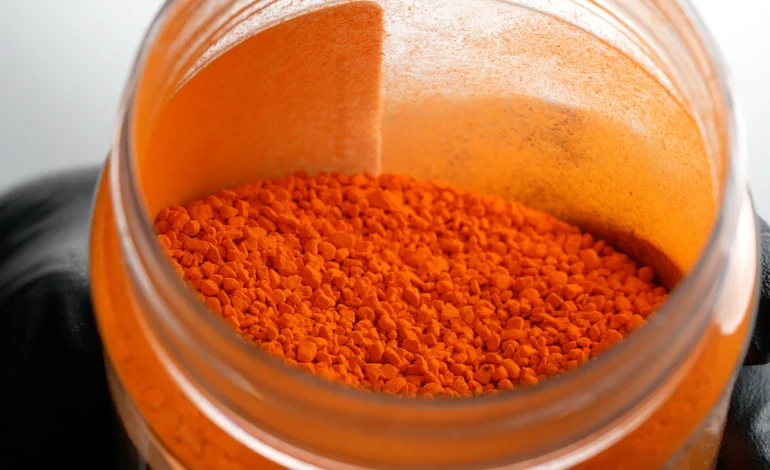Researchers have demonstrated a new technique that temporarily renders the skin and muscle of mice transparent using a common food dye, offering a potential breakthrough in medical imaging, the Guardian reports.
The study, conducted by scientists at Stanford University, reveals how the dye allows for clear visibility of internal organs and blood vessels in living animals.
The dye, tartrazine—a yellow colorant found in products like Doritos and SunnyD—was applied to the abdominal skin of mice, making their internal organs, such as the liver and intestines, visible through the skin. When the dye was applied to the mice’s shaved heads, it enabled researchers to view blood vessels in the brain using laser speckle contrast imaging.
The procedure works by altering the refractive index of tissues, which reduces light scattering and increases transparency. This effect is contrary to typical expectations where dyes usually make materials less transparent. Researchers found that the more tartrazine was added, the clearer the tissue became, particularly in the red part of the light spectrum.
Dr. Guosong Hong, a senior researcher on the project, suggested that this technique could eventually have significant applications in medicine.
“Instead of invasive biopsies, this method might allow for non-invasive examination of deep-seated tumors and potentially reduce the pain associated with blood draws by aiding in vein location,” he said.
The study, published in the journal Science, also demonstrated the reversible nature of the process. The dye’s effects are temporary, and tissues return to their normal color once the dye is washed off. Future applications could include using microneedle patches or injections to achieve deeper penetration of the dye.
Currently, the technique has only been tested on animals and has not yet been applied to humans. Researchers will need to ensure the method’s safety, especially if used in clinical settings. However, the approach holds promise for expanding the range of animals that can be studied transparently, potentially transforming research in various fields.
Christopher Rowlands and Jon Gorecki from Imperial College London noted the broad interest in this method, suggesting it could greatly enhance imaging capabilities when combined with modern technologies.









